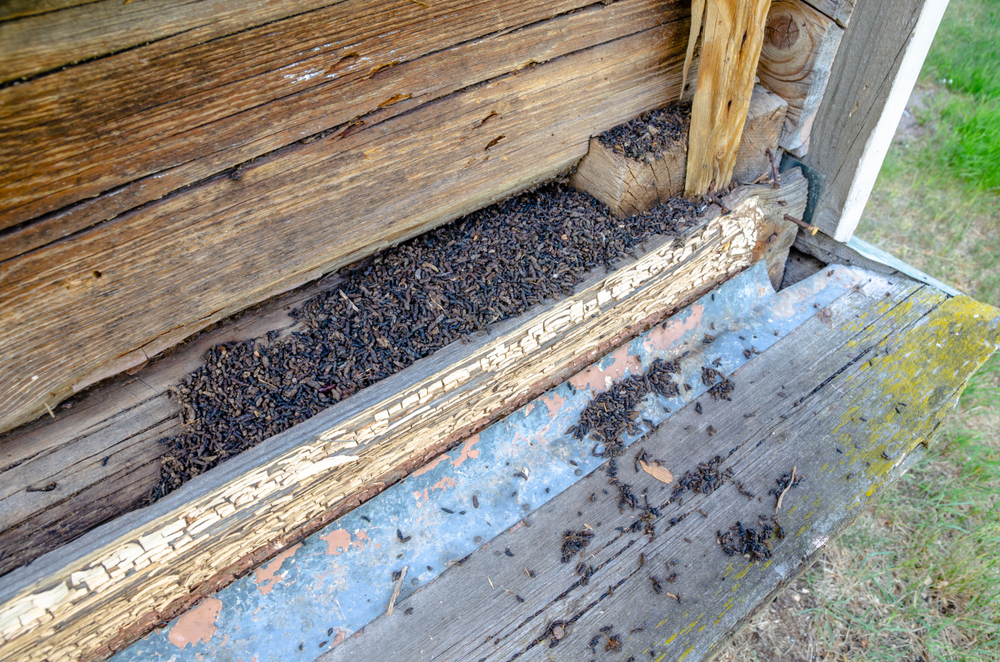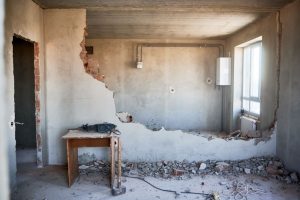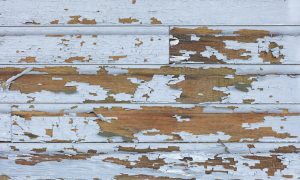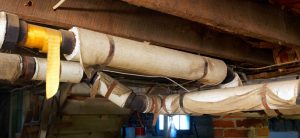Environmental Demolition Group handles every kind of select demolition your company requires, from lead abatement and asbestos removal to mold remediation and PCB remediation.
Today’s blog focuses on answering frequently asked questions about bat guano clean-up.
Bat guano is another term for bat droppings.
They have elongated, dark pellets about the size of a grain of rice. Bat guano can accumulate over time.
The most common places to find bat droppings inside your building include:
- On the floor
- Inside walls and ceilings
- In the attic
Companies may utilize bat guano as a fertilizer because of their high nitrogen and phosphorus content.
When bat guano is disturbed, it releases fungal spores that can infect humans with a disease called histoplasmosis, a lung infection with similar symptoms as pneumonia.
In small amounts, like in your home, you can clean up bat droppings with soapy water and a mop or cloth. You might also try an industrial vacuum. Disease prevention experts highly suggest wearing a dust mask to prevent inhalation of fungal spores that could cause an infection.
When there are large amounts of bat droppings, a hazardous waste removal company with knowledge of how to handle guano is the way to go. Environmental Demolition Group handles bat guano clean-up for commercial sites undergoing future renovations. We’ll make sure our workers and the local environment are protected while preserving the site as much as possible.
Yes, because it poses a health hazard to humans in the form of a fungal infection in the lungs called histoplasmosis.
Bat droppings can soak through sheetrock on ceilings and stain wood. It’s best to remove these items rather than keep them in a building.
- Fever
- Cough
- Fatigue
People with weakened immune systems are particularly susceptible to histoplasmosis if they inhale it.
These fungal spores thrive in the soil, and it’s mainly found in the eastern United States. It’s not usually a problem for people when it remains in the soil. However, when someone is exposed to distributed bat guano, that person might inhale spores that could turn into an infection.
If your site has bat guano, you may discover the following:
- Bats flying in and out of your building.
- The sounds of bats scurrying about or making a high-pitched squeaking noise.
- Small, black pellets the size of grains of rice that crumble when disturbed.
- Black stains on walls or ceilings.
Absolutely yes because of the health hazards caused by bat guano.
Contact Environmental Demolition Group or call 859-363-4863 to learn more about how we preserve the history of buildings while performing select demolition services.





